Why Athletes Are Choosing Colombia for Regenerative Sports Medicine
.png)
In recent years, Colombia—specifically cities like Medellín and Bogotá—has transformed into a global sanctuary for professional athletes and active individuals seeking advanced recovery options. You may have heard of high-profile UFC fighters, NFL quarterbacks, or bodybuilders traveling to Colombia for treatment. They aren't just going for the scenery; they are going because Colombia offers a level of regenerative medicine that is often unavailable or prohibitively expensive in North America and Europe.
But does the hype match the reality? How effective is stem cell therapy in sports medicine in Colombia? The answer lies in the country's progressive regulatory framework, which allows for the use of "expanded" umbilical cord stem cells. Unlike in the US, where treatments are often limited to the patient's own (and older) bone marrow cells, Colombian labs can culture millions of young, potent cells to create a "super-dose" of healing potential. This has led to remarkable outcomes for chronic injuries like rotator cuff tears, runner's knee, and degenerative discs.
In this guide, we will cut through the marketing noise. We will examine the real success rates, compare the costs directly with the US, explain the legal safeguards put in place by INVIMA, and help you decide if booking a flight to South America is the right move for your recovery journey.
What is the success rate for sports injury treatments in Colombia?
When we talk about "success" in sports medicine, we are usually measuring two things: return to play (or activity) and pain reduction. Data from top clinics in Medellín and independent patient reviews suggest that approximately 8 out of 10 patients experience measurable improvements. These are not just subjective feelings; they often correlate with MRI evidence showing reduced inflammation and partial tissue regeneration.
The high success rate in Colombia is attributed to the dosage. Because regulations allow for the expansion of cells in a lab, a patient in Colombia might receive 100 million stem cells in a single knee injection, whereas a similar procedure in the US might only provide 3 to 5 million cells. This "numbers game" significantly increases the biological probability of tissue repair.
Why do professional athletes choose Colombia for stem cells?
Professional athletes operate on tight timelines. They cannot afford a treatment that "might" work. They flock to Colombia because the science available there is more advanced due to different regulatory ceilings. In the US, the FDA restricts the manipulation of stem cells, meaning doctors cannot grow them in a lab to increase their numbers before injecting them.
In Colombia, accredited labs can take Wharton's Jelly-derived stem cells (from donated umbilical cords) and expand them into billions of potent cells. These young cells are "immunoprivileged," meaning they don't trigger rejection, and they are far more active than the older stem cells found in an adult athlete's own body. This allows for faster recovery times, which is the ultimate currency in professional sports.
What sports injuries are most commonly treated?
The versatility of mesenchymal stem cells makes them applicable to a wide range of sports injuries. . In Colombia, the most frequent procedure is for knee issues—specifically osteoarthritis and meniscus tears that haven't responded to physical therapy. The goal is to regrow cartilage or at least stabilize the joint environment to prevent replacement surgery.
Shoulder injuries are a close second, particularly among weightlifters and combat sports athletes. Treatments for labral tears and rotator cuff tendinopathy are highly sought after. Additionally, therapies for "overuse" injuries like severe tendonitis (Achilles or elbow) are common, as the anti-inflammatory power of the cells can break the cycle of chronic pain.
What is the cost of stem cell therapy in Colombia vs. USA?
Financial considerations are a huge driver for medical tourism. In the US, a comprehensive stem cell protocol for a major joint can easily cost $20,000 to $50,000, especially if it involves multiple sites or intravenous (IV) drips. In Colombia, you not only pay less, but you often get more cells for your money.
| Treatment Type | Cost in Colombia (USD) | Cost in USA (USD) | Cell Count Estimate |
|---|---|---|---|
| Single Joint Injection (Knee/Shoulder) | $3,500 - $6,000 | $5,000 - $10,000 | Col: 50M+ vs US: <5M |
| Comprehensive Sports Protocol (IV + Joints) | $8,000 - $15,000 | $25,000 - $50,000+ | Col: 100M-300M+ |
| Spinal/Disc Treatment | $9,000 - $18,000 | $30,000+ | High Concentration |
Note: Colombian packages often include VIP transport, hotel stays, and hyperbaric oxygen therapy as part of the bundle.
Is stem cell therapy legal and regulated in Colombia?
A common misconception is that Colombia is the "Wild West" of medicine. In reality, it has one of the best healthcare systems in Latin America. INVIMA (Instituto Nacional de Vigilancia de Medicamentos y Alimentos) enforces rigorous standards for biological products.
Clinics must obtain specific licenses to process and administer stem cells. They are required to test donor cells for communicable diseases (HIV, Hepatitis, etc.) and sterility. Before booking, you should always ask a clinic for their INVIMA registration number and proof of cell viability testing (a Certificate of Analysis) to ensure you are receiving a legitimate medical product.
What types of stem cells are used in Colombian clinics?
While some clinics still offer bone marrow or fat-derived cells (autologous), the trend in Colombian sports medicine is overwhelmingly toward Wharton's Jelly MSCs. These cells are harvested from the umbilical cords of healthy, screened newborns (with maternal consent).
Why are they better for sports injuries?
- Vitality: They reproduce faster and release more growth factors than cells taken from a 40 or 50-year-old athlete.
- Availability: Because they are grown in a lab, doctors can have massive doses ready immediately—no need for a painful bone marrow extraction surgery on the patient.
- Immune Modulation: They are excellent at calming the massive inflammation often found in chronic sports injuries.
Is the procedure painful?
Fear of pain is natural, but stem cell therapy is surprisingly gentle. For a knee or shoulder injection, the doctor will numb the skin and surrounding tissue with a local anesthetic. They then use ultrasound or fluoroscopy guidance to insert a thin needle exactly into the damaged tissue. You might feel a sensation of fullness or pressure, but sharp pain is rare.
If you are receiving an Intravenous (IV) infusion for systemic recovery or inflammation reduction, it is as simple as getting an IV drip for dehydration. The entire process usually takes less than hour, though you may be at the clinic for a few hours for prep and observation.
How long does recovery take?
Don't expect to run a marathon the next day. While there is no "surgical" downtime (no crutches, no casts), the injected area will be inflamed for 24 to 48 hours. This is a good sign—it means the cells are activating a healing response. Doctors usually prescribe rest and avoiding anti-inflammatory meds (like Ibuprofen) which can hinder the cells.
Most athletes return to light training within a week. However, the biological repair of cartilage or tendons takes time. You will likely feel "better" in a month, but the deep structural healing continues for up to a year. Patience is part of the protocol.
Are there risks or side effects?
The safety profile of MSCs is well-documented. Because the cells are mesenchymal (not embryonic), they do not cause tumors. The risk of rejection is virtually non-existent with Wharton's Jelly cells. The main risks are procedural—meaning, the risk comes from the needle, not the cells.
This includes a tiny risk of infection or nerve irritation. This is why choosing a high-end clinic in Medellin or Bogota with hospital-grade sterility is non-negotiable. Top clinics often boast safety records comparable to US surgical centers.
Can stem cells repair torn cartilage or ligaments?
It is vital to be realistic. Stem cells are regenerators, not magic glue. If you have a Grade 1 or 2 tear (partial tear) in a meniscus or rotator cuff, stem cells can bridge the gap and heal the tissue, potentially saving you from surgery.
However, for a Grade 3 tear (complete rupture where the ends of the tendon have snapped apart), surgery is usually required to mechanically reattach them. In these cases, athletes often use stem cells after surgery to accelerate the healing of the surgical repair and reduce scar tissue formation.
Does insurance cover this treatment?
You should expect to pay out-of-pocket. Insurance companies, both in the US and globally, rarely cover regenerative medicine procedures. However, the lower cost in Colombia makes it accessible for many who could not afford it at home. Some clinics offer financing plans, but most international patients pay via credit card or wire transfer.
How long do I need to stay in Colombia?
Medical tourism in Colombia is efficient. You typically arrive on Day 1 for intake and blood work. Day 2 or 3 is the procedure. Day 4 is for follow-up and observation. You can usually fly home on Day 5.
Many athletes choose to stay longer to enjoy the "eternal spring" weather of Medellín, which can be a relaxing environment for the initial recovery phase. Just remember to avoid strenuous hiking or partying immediately after your joint injections!
What are 'Golden Cells' or 'Signature Cells'?
You will hear marketing terms like "Golden Cells" (used by BioXcellerator). While this is a brand name, it refers to a real scientific process called phenotypic screening. Not all umbilical cords are equal. Labs screen hundreds of cords to find the ones with the highest expression of anti-inflammatory markers.
They then culture only these "super-performer" cells. While other clinics also use high-quality cells, these branded protocols emphasize the rigorous selection process that ensures you aren't just getting any stem cells, but the best ones available.
Can I combine stem cells with other therapies?
Synergy is key in Colombian sports medicine. Doctors rarely use just one tool. Exosomes (tiny vesicles that act as cell messengers) are often added to the injection to "boost" the stem cells. PRP helps create a clot to hold the cells in place.
Many packages also include sessions in a Hyperbaric Oxygen Chamber. The high oxygen levels in your blood help the newly injected stem cells survive and thrive, potentially improving the overall success of the costly procedure.
Ready to Recover Like a Pro?
Explore top-rated sports medicine clinics in Colombia. Get a free MRI review, compare treatment packages, and find out if stem cell therapy is right for your injury.


.png)



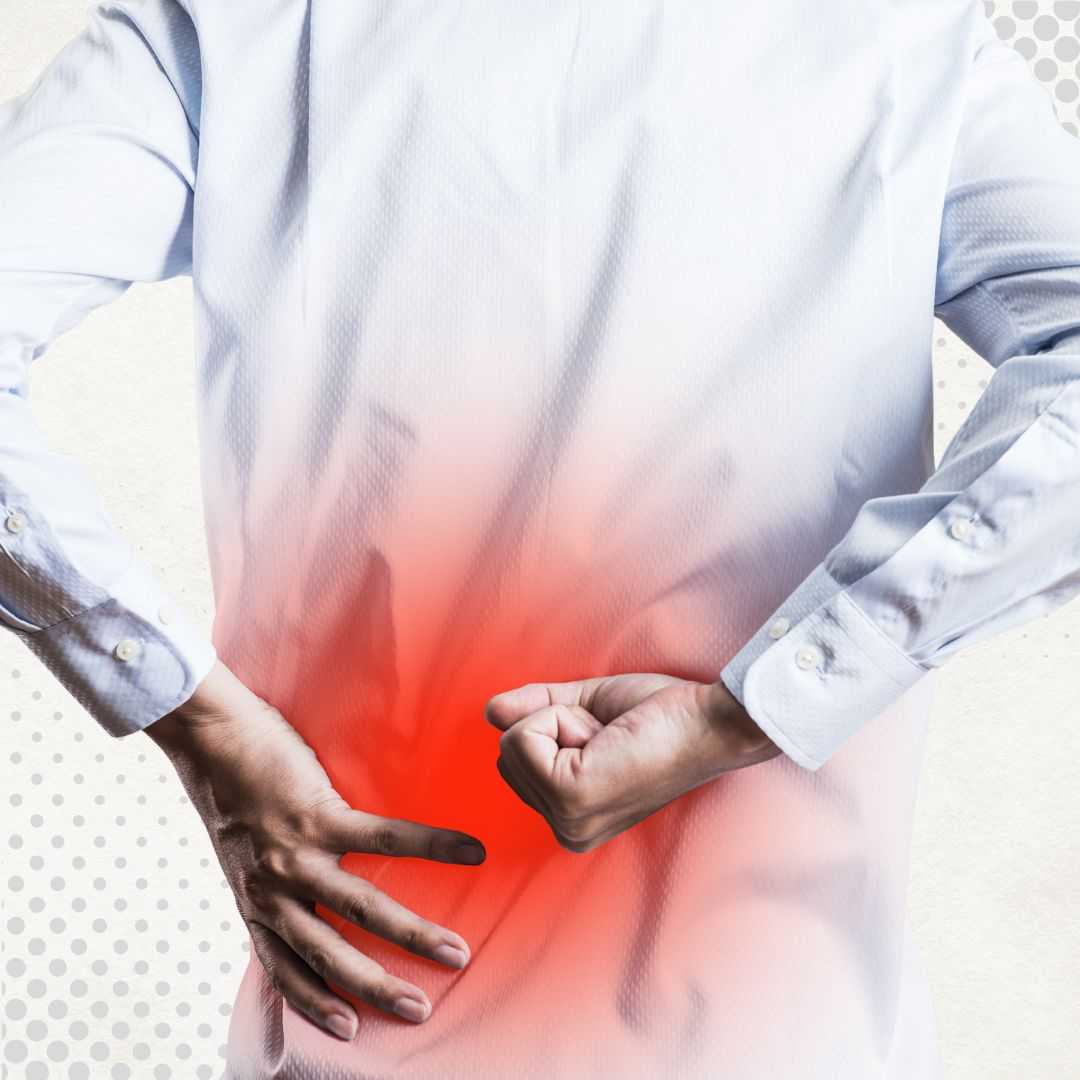
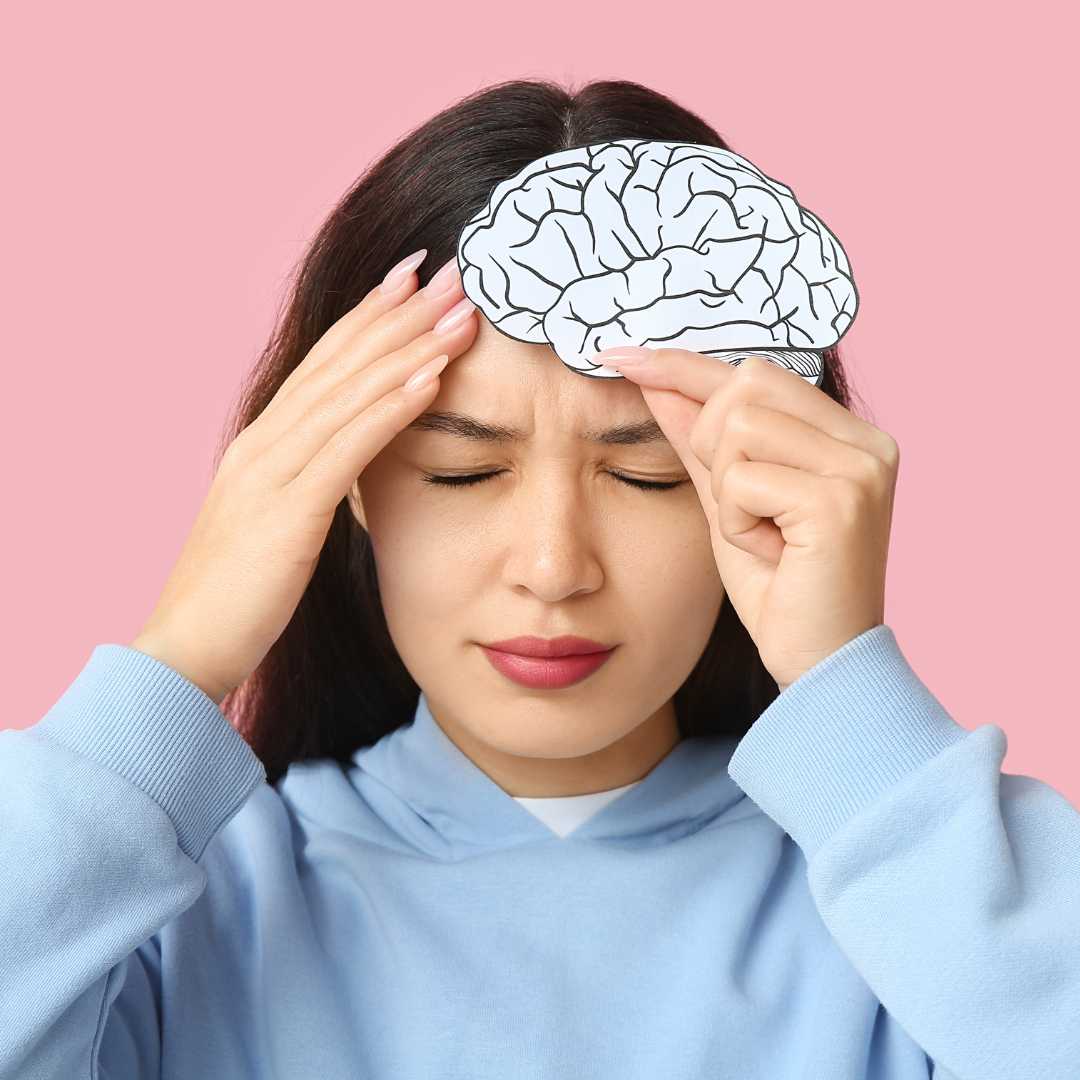

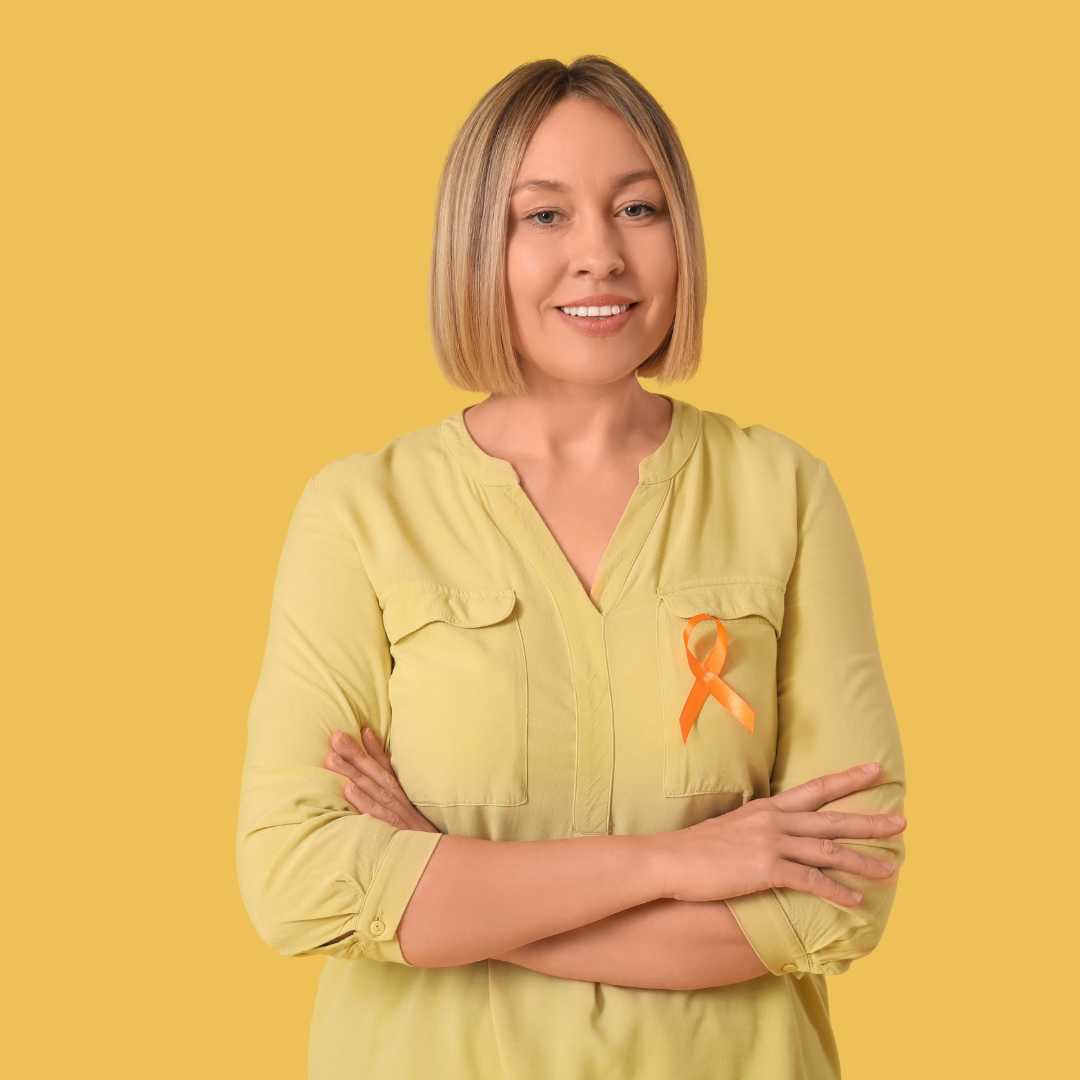
.jpg)
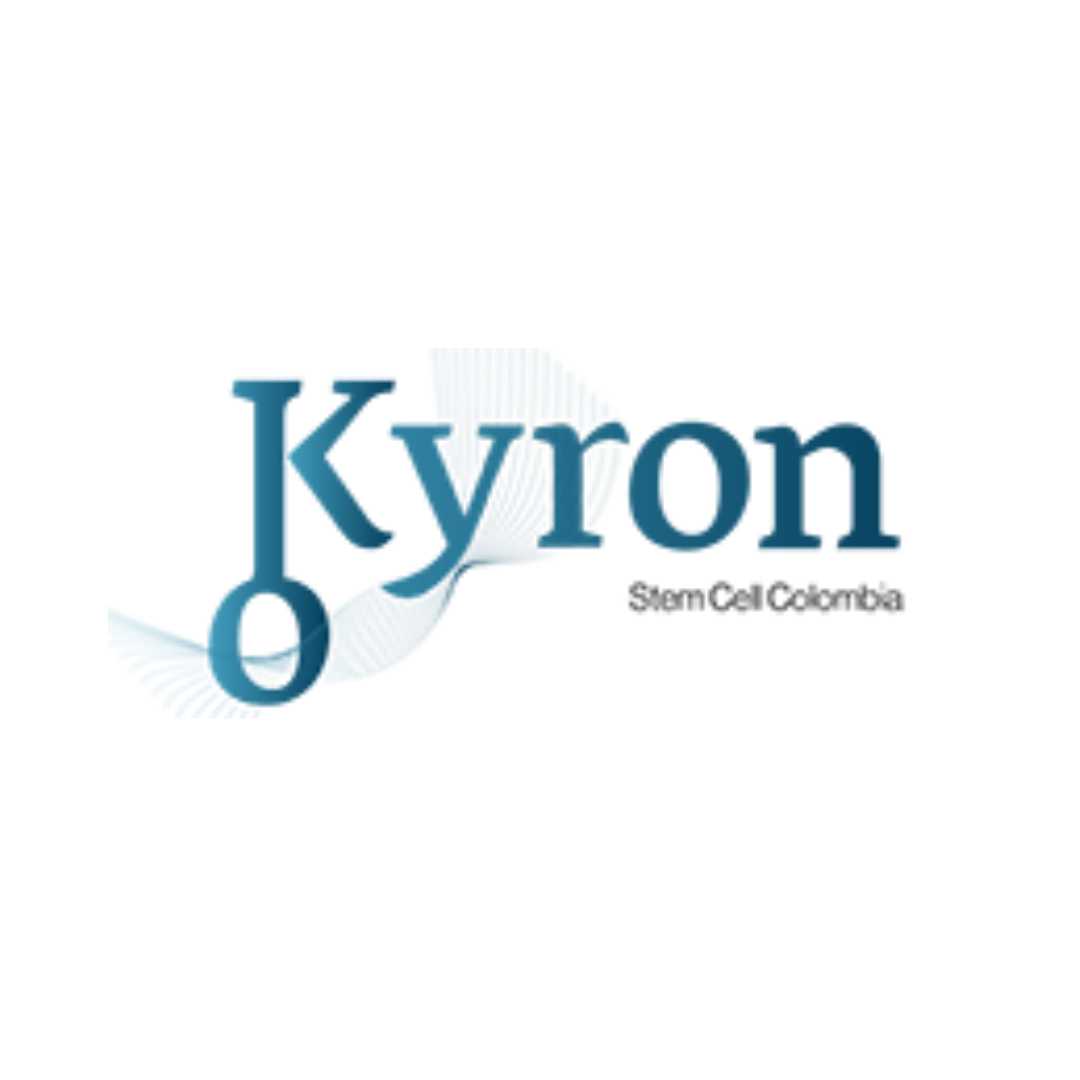

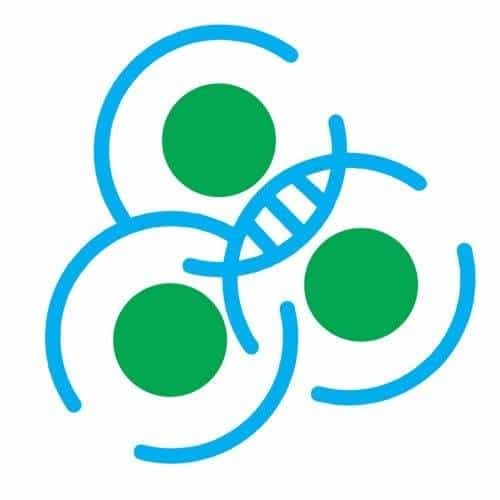

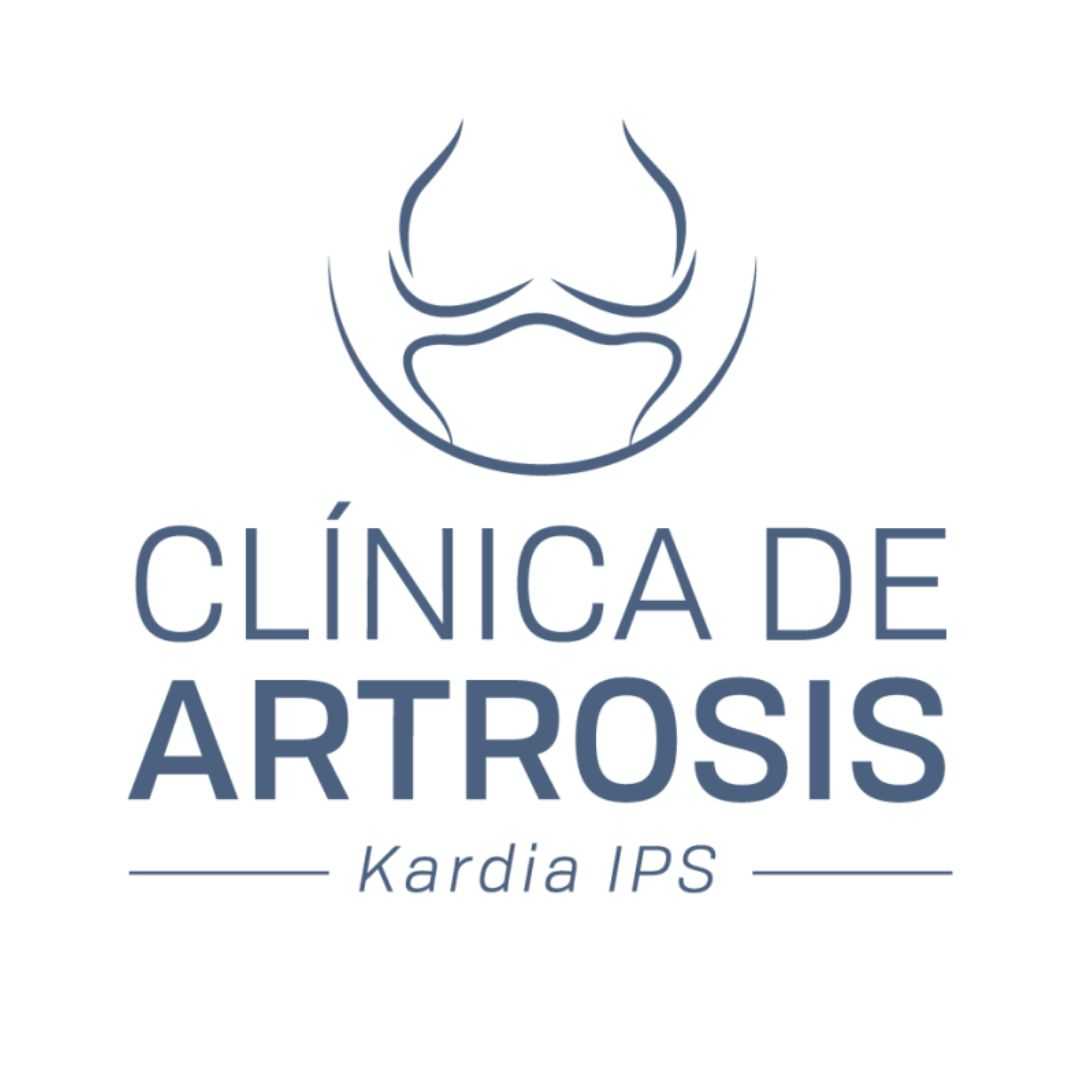

Share this listing